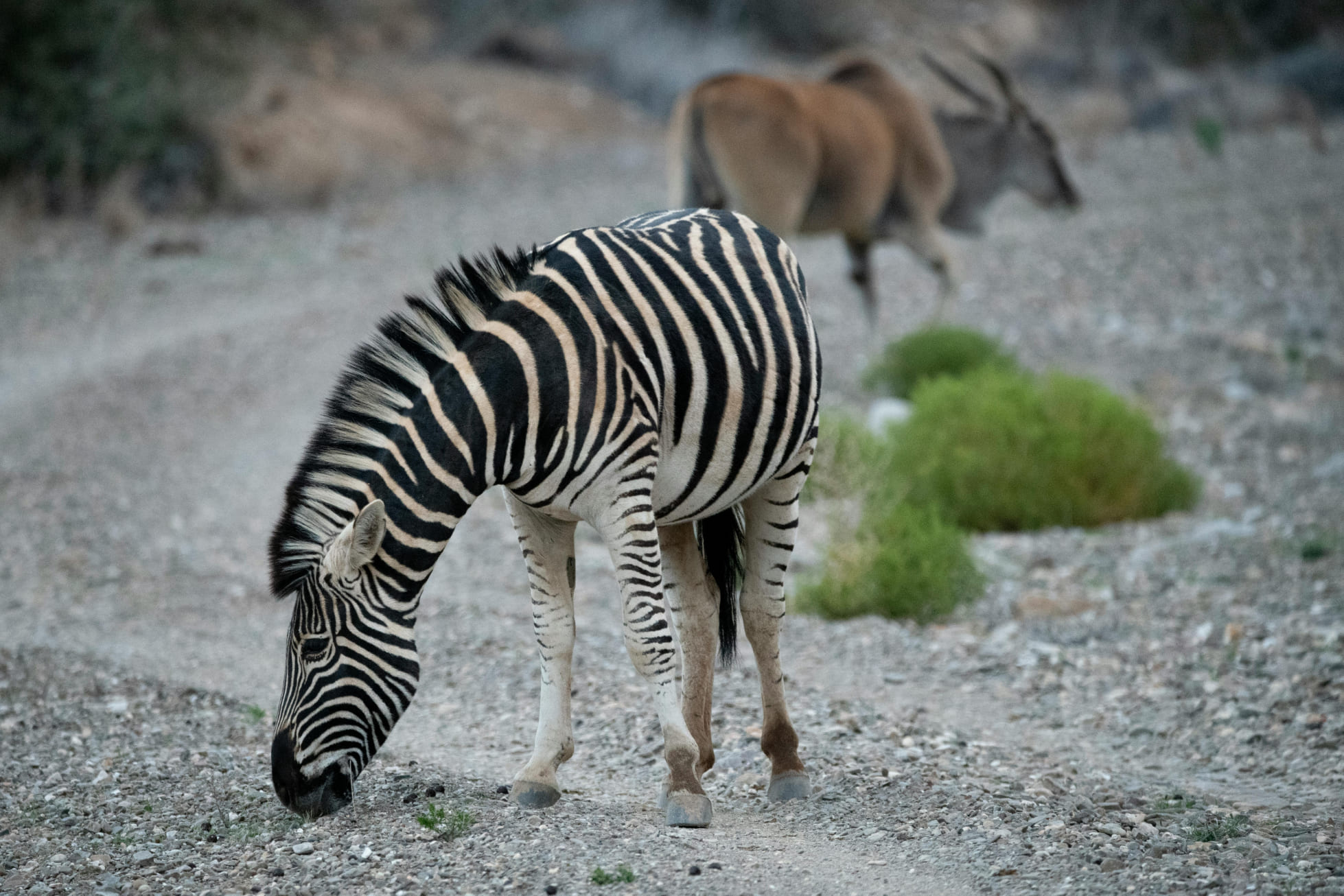Tigers are the largest members of the cat family and are renowned for their strength, agility, and distinctive orange and black stripes. Native to Asia, they inhabit a range of environments, from dense jungles and mangrove swamps to grasslands and snow-covered forests.
Tigers possess powerful bodies and long legs, allowing them to move silently and swiftly through their habitats. Their striking coat provides excellent camouflage, enabling them to stalk their prey effectively. Each tiger has a unique pattern of stripes, which serves as individual identification.
Unlike lions, tigers are solitary hunters, relying on stealth and power to ambush prey such as deer, wild boar, and water buffalo. They are territorial animals, with males maintaining larger territories that overlap with those of females. Tigers communicate through vocalizations, scent marking, and body language.
Tigers face numerous threats, including habitat loss, poaching for their skins and body parts, and declining prey populations. Conservation efforts focus on habitat protection, anti-poaching initiatives, and community engagement to reduce human-tiger conflicts.
Despite the challenges they face, ongoing conservation programs and protected areas offer hope for the future of tigers. Collaborative efforts between governments, NGOs, and local communities are crucial to ensuring the survival of this iconic species.

